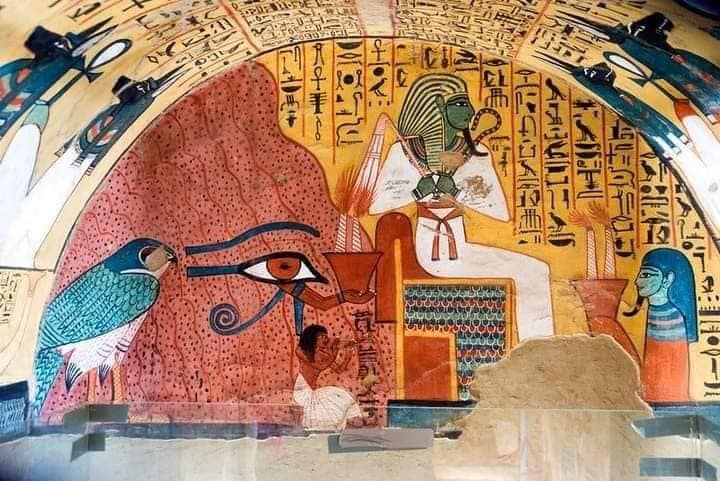Toilets at the ancient Egyptians
The ancient Egyptian left nothing to chance when it came to taking care of his body hygiene; Rather, his house and his clothing, cleanliness was for him before it was a way to health “a doctrine” and a basic condition for entering the temples holy places.
The Greek historian Herodotus was unable to stand silent in front of what he saw from the ancient Egyptians when he visited Egypt, in the fifth century B.C., to write with his pen a testimony of truth to the Egyptians as they are the healthiest, happiest, cleanest and faithful people, according to what Magdi Shaker, chief archaeologist, said.
Among the surprises that history has carried among its folds is that the Egyptians were the first to observe the prohibition of sexual intercourse with women in temples or even entering them after intercourse without washing. They performed circumcision out of the love of cleanliness. They put on white linen clothes, and they were always interested in preserving their cleanliness and white colour Spotless and do not wear wool because it collects insects.
As for one of the most important teachings related to reaching the knowledge of God, it was “purification of the body and the soul,” as this included hygiene and constant bathing that sometimes reached five times a day, as in the case of the king and priests, as well as maintaining the cleanliness of clothes and performing circumcision for males only The body hair was completely shaved off for the priests.
To present himself as an example to the general public, the king of ancient Egypt has kept the position of chief cleaning officer of the royal palace since the beginning of Egypt’s history, as well as “chief cleaning officer of the king” and “chief, a chief cleaning officer of the king ” and ” of the washers”. The ritual washing, purification, and washing of clothes were essential to the king and the priests.
The cleanliness of the body was not the only source of the admiration of “Herodotus” in Egypt. But it was dominated by surprise for a long time when Egyptians found precedent with their neighbours by constructing “toilets” inside their homes, so the sanitary toilet was one of the pure Egyptian innovations.
These toilets were made of stone or mud bricks, between fixed and mobile, and wood. The bathrooms were next to the bedrooms and often in the back of the house connected to the home’s room and the harem, and next to it was the dressing room and dressing room after bathing to massage and scent the body of the bath.
Then the dressing compartment; Where the shower was done by pouring water from the top through a jug or server, the water was placed with nitron, and the bathroom floor was made of a smooth stone slab whose walls were made of limestone or painted with white. There were pipes to drain the water outside, pouring in places that made it exposed to the sun to dry it not to cause Diseases quickly. The ancient Egyptians established the first sewage network at Sahure Temple.
With the hot climate of Egypt, the ancient Egyptian needed to search for a place to bathe in his home daily, and whoever failed to do that was deprived of the blessing of the gods; whoever did not bathe was deprived of entering the temple, and the priests bathed in the morning and evening, and they used fat and perfumes and towels appeared to dry hands.
Pharaonic poetry won a lot of interest from the ancient Egyptians, despite wearing wigs made of human hair, especially at celebrations. Women were keen to lengthen, shorten and braid hair according to the fashion trend in each era.
Although the priests used to shave all the hair in their bodies, the working classes shaved their hair clean and left them exposed to the sun, which made their skulls hard and the children, but they left one lock and also shaved the chin. An Egyptian did not appear with a long chin except in the case of sadness and mourning, and some of them used to wear borrowed beards.


Comment (0)